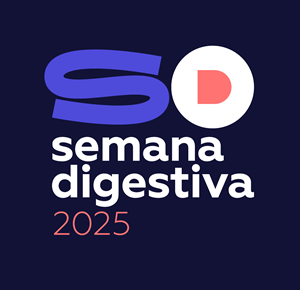Methods: A convolutional neural network was developed based on 72 DBE exams. A total of 6740 images were included, 1395 images containing vascular lesions. The remaining images showed normal mucosa or other findings. A training dataset comprising 80% of the total pool of images was used for development of the network. The performance of the CNN was evaluated using an independent validation dataset (20% of total image pool). The output provided by the network was compared to a consensus classification provided by two gastroenterologists with experience in DBE. The sensitivity, specificity, accuracy, positive and negative predictive values, and area under the curve (AUC) were calculated.Results: After optimizing the architecture of the network, our model automatically detected small bowel vascular lesions with an accuracy of 95.3%. Our CNN had a sensitivity, specificity, positive and negative predictive values of 88.5%, 97.1%, 88.1%, and 97.0%, respectively. The AUC was 0.98. The CNN analyzed the validation dataset at a rate of approximately 237 frames per second.Discussion: The authors developed, for the first time, an AI algorithm for automatic detection of vascular lesions during DBE exams. The development of these tools may enhance the diagnostic yield of deep enteroscopy techniques in patients with bleeding originating from the small bowel, which may have significant impact in the management of these patients.

 Semana Digestiva 2025 | Todos os direitos reservados
Semana Digestiva 2025 | Todos os direitos reservados